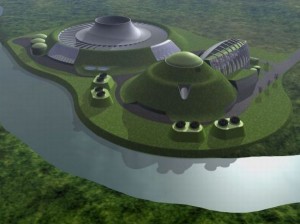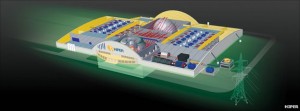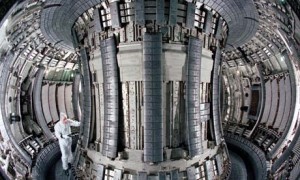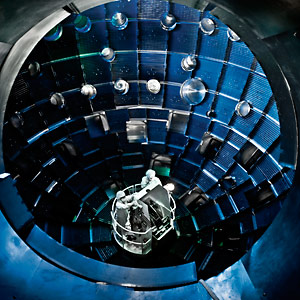With various countries undergoing liberalization for faster economic development, the energy needs of the world are growing at a very fast pace. The availability of fossil fuels is only for a limited time period and their effects are also very devastating for the global environment. As increased carbon levels in atmosphere have been found to damage economic systems throughout the world, the nuclear power is emerging as a more useful and easily explorable option for fulfilling the energy needs without causing any environmental damage.

 Follow
Follow

